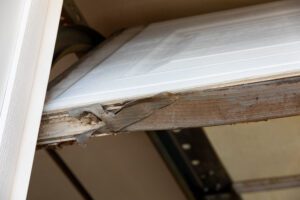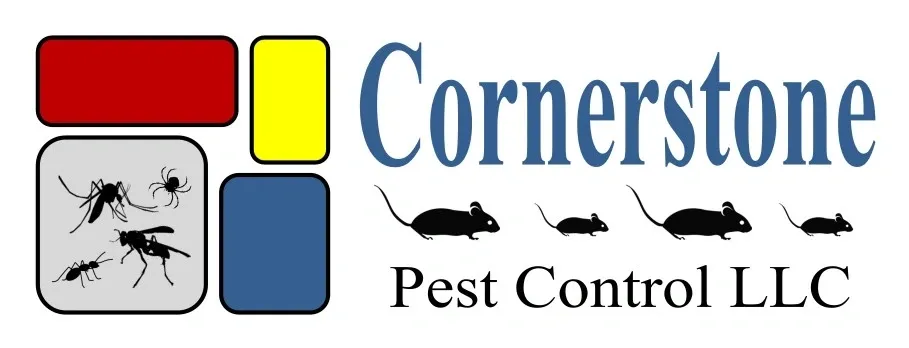When the cool air of fall sets in, many New England homeowners are enjoying crisp mornings, colorful foliage, and cozy evenings inside. Unfortunately, you’re not the only one looking for warmth—rodents are too. Mice and rats become increasingly active in the fall as they seek shelter, food, and nesting sites to prepare for winter.
That means right now is the most important time of year to protect your home from unwanted rodent invaders. Once they find their way inside, mice and rats can be extremely difficult to eliminate. The best strategy is prevention—rodent-proofing your home before temperatures drop.
Why Fall is Prime Time for Rodent Intrusions
 Rodents are opportunistic and highly adaptable. In the wild, they survive in burrows, fields, or wooded areas. But as the weather cools, those habitats no longer provide reliable warmth or food. That’s when they turn their attention to homes, garages, and sheds.
Rodents are opportunistic and highly adaptable. In the wild, they survive in burrows, fields, or wooded areas. But as the weather cools, those habitats no longer provide reliable warmth or food. That’s when they turn their attention to homes, garages, and sheds.
Mice, in particular, are notorious for squeezing into spaces as small as a dime. Rats can exploit slightly larger openings, about the size of a quarter. Any gap around a foundation, door frame, or utility line can serve as a doorway. By late September, rodents are actively scouting these weaknesses.
The Risks of Rodents Indoors
Rodent-proofing your home isn’t just about keeping them from being a nuisance—it’s about protecting your family and property. Here’s why:
- Health Concerns: Rodents can spread diseases like salmonella and hantavirus through droppings, urine, and nesting material.
- Property Damage: Their sharp teeth never stop growing, so they chew constantly—on wires, insulation, and even wooden beams. Chewed electrical wires are a serious fire hazard.
- Fast Reproduction: A single pair of mice can produce dozens of offspring in a season, leading to a full-blown infestation in weeks.
How to Rodent-Proof Your Home This Fall

Garage door weather stripping in need of replacement.
Rodent-proofing your home is about cutting off access before they get inside. Here are key steps every homeowner should take:
- Inspect Your Foundation and Exterior Walls
Walk around your home and look for cracks, holes, or gaps. Even tiny openings near siding, windows, or doors should be sealed. Use caulk, steel wool, or cement to close them. - Check Around Utility Lines and Vents
Rodents often squeeze in where pipes, electrical conduits, and dryer vents enter the home. Make sure these entry points are tightly sealed with rodent-resistant materials. - Seal Doors and Windows
Install door sweeps on exterior doors and repair torn window screens. Pay close attention to basement windows, bulkheads, and garage doors. - Secure Attic and Roof Access Points
Mice and squirrels can climb! Inspect soffits, rooflines, and chimney caps for gaps. Rodent-proofing isn’t just about ground-level protection. - Eliminate Food Sources
Store pantry items in sealed containers, keep pet food inside, and take out trash regularly. Outdoors, clean up fallen birdseed, compost piles, and fruit trees that attract rodents close to the home. - Maintain Your Yard
Trim back shrubs, branches, and ivy that provide cover or direct access to your roof. Stack firewood at least 20 feet from your house and off the ground.
Why Professional Inspections Matter
While DIY rodent-proofing goes a long way, a professional inspection ensures no spot is overlooked. Cornerstone Pest Control’s trained technicians know exactly where rodents look for entry and can recommend proven solutions to keep them out. From sealing hidden gaps to providing preventative treatments, our goal is to stop infestations before they start.
Don’t Wait Until You Hear Scratching in the Walls
By the time you hear scratching, spot droppings, or see a rodent dart across the floor, they’ve already settled in. Rodent-proofing your home in September and October is the best way to protect your home before it’s too late.
Call Cornerstone Pest Control today at (603) 395-9200 to schedule a professional rodent inspection and secure your home before fall invaders make themselves comfortable.
